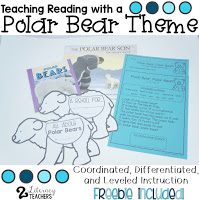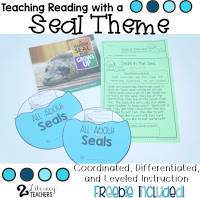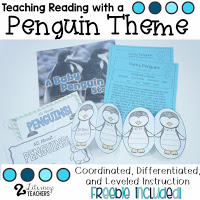Hello Friends!! Can you believe that it is almost February??? It always amazes me how quickly the year goes after winter break! We have been working on a series of blog posts that provides you with ideas for differentiating your instruction around common winter themes in the classroom. Stay tuned at the end of this post to check out our previous posts and get the FREEBIES!!!
This will be our last post in our winter series as we begin to gear up for spring. We are going to dive into differentiating instruction while teaching about animals in winter. Make sure to grab the FREEBIE at the end of this post 🙂
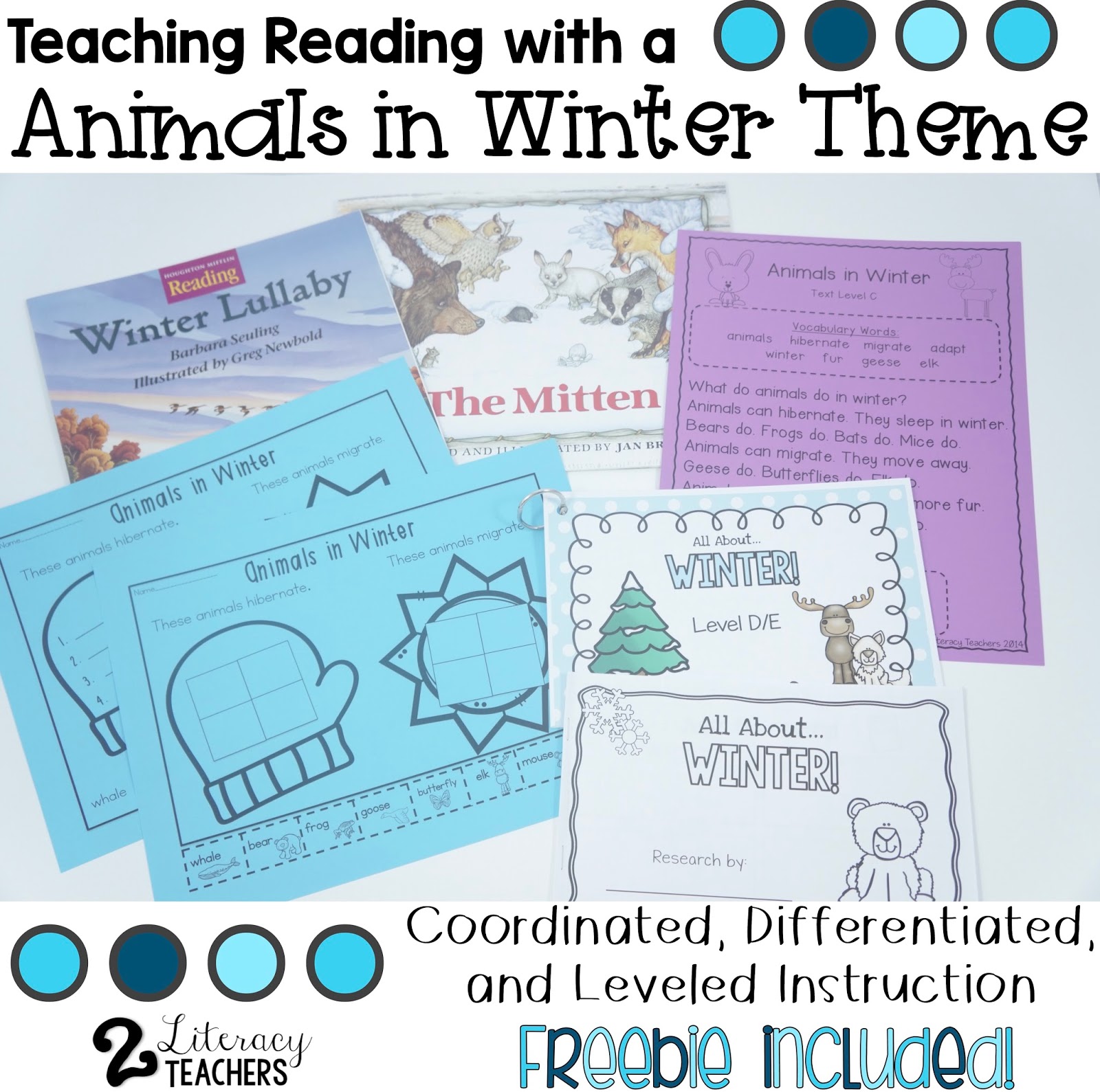
So, how do we go about differentiating instruction while teaching about animals in winter? The first thing we like to do is identify the cores we will be focusing on. Here are some cores that fit well with the texts that we have chosen:
RL 2- Retelling
RL 5- Story Structure
RL 6- Point of view
RI 9- Comparing and Contrasting
You could certainly do any core that works best with the texts that you have chosen, however, we like to try and incorporate a mix of literature and informational cores.

The two stories that we found, and love, are The Mitten by Jan Brett and Winter Lullaby by Barbara Seuling. The Mitten is, of course, a tried and true favorite. It is the perfect story to use to practice retelling because of its specific sequence. We like to introduce it whole group and map out a retell on an anchor. Winter Lullaby is a great way to introduce hibernation, migration and adaptation. It’s a great way to introduce that vocabulary in a whole group setting. As you move onto small group, it will be easier to solidify that vocabulary. Our whole group lessons with these texts would focus on literature cores. We would look at the sequence of the story and the point of view of the characters in The Mitten. We would also being to compare animals in Winter Lullaby ,which will lend itself well to the informational core of comparing and contrasting.
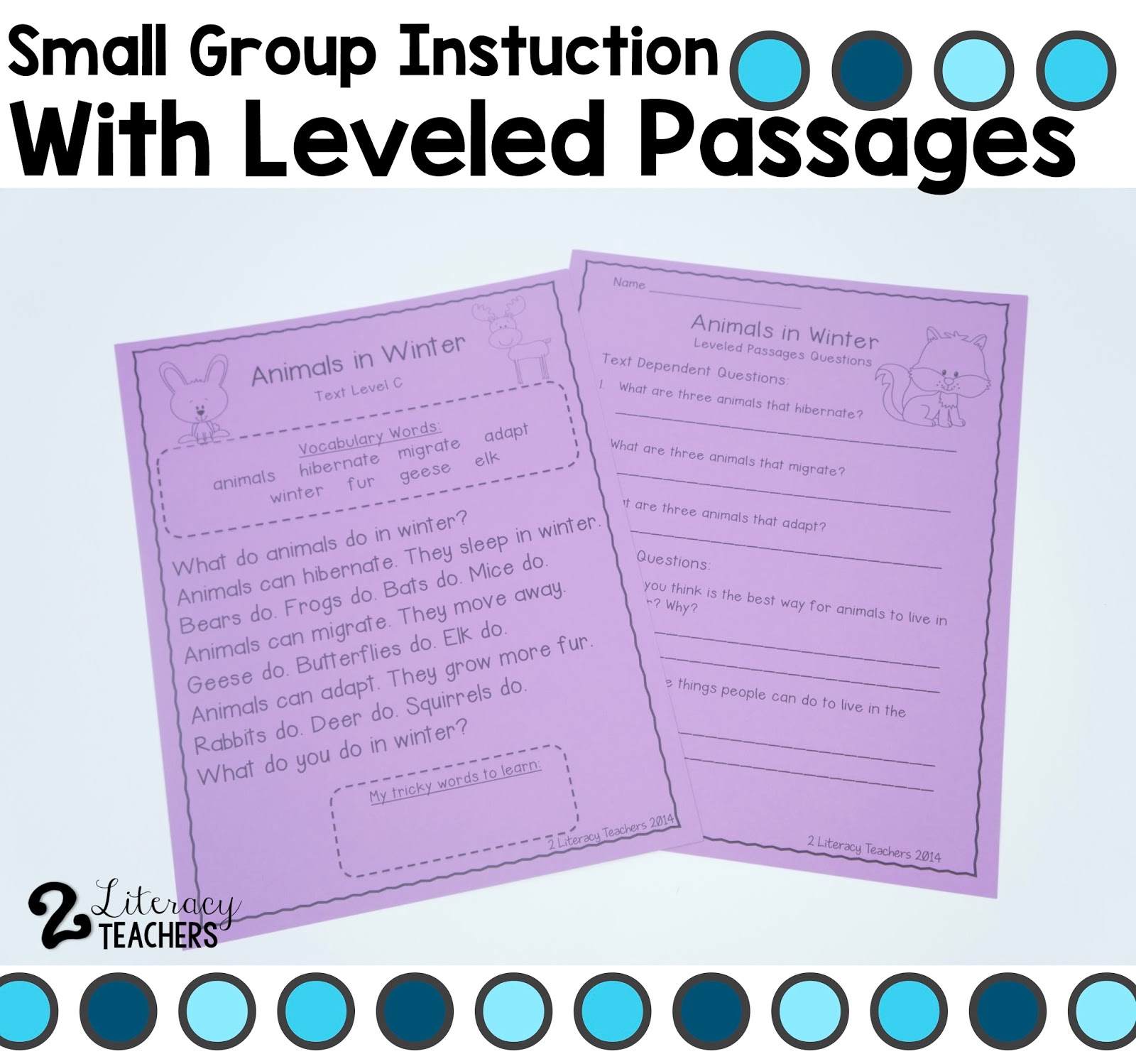
As we move into small group instruction, we really begin to differentiate and reinforce strategies and vocabulary from the whole group lessons. For small group we like to use Animals in Winter, click HERE to get. This passage comes leveled at six different levels, A-I. This is an easy way to differentiate the text by making sure that all students are reading at their instructional level. As you guide students through their passage, they will be practicing the vocabulary introduced in the whole group lessons and using their knowledge from those lessons to apply with the passages. Students can also begin to compare animals that migrate, hibernate and adapt.
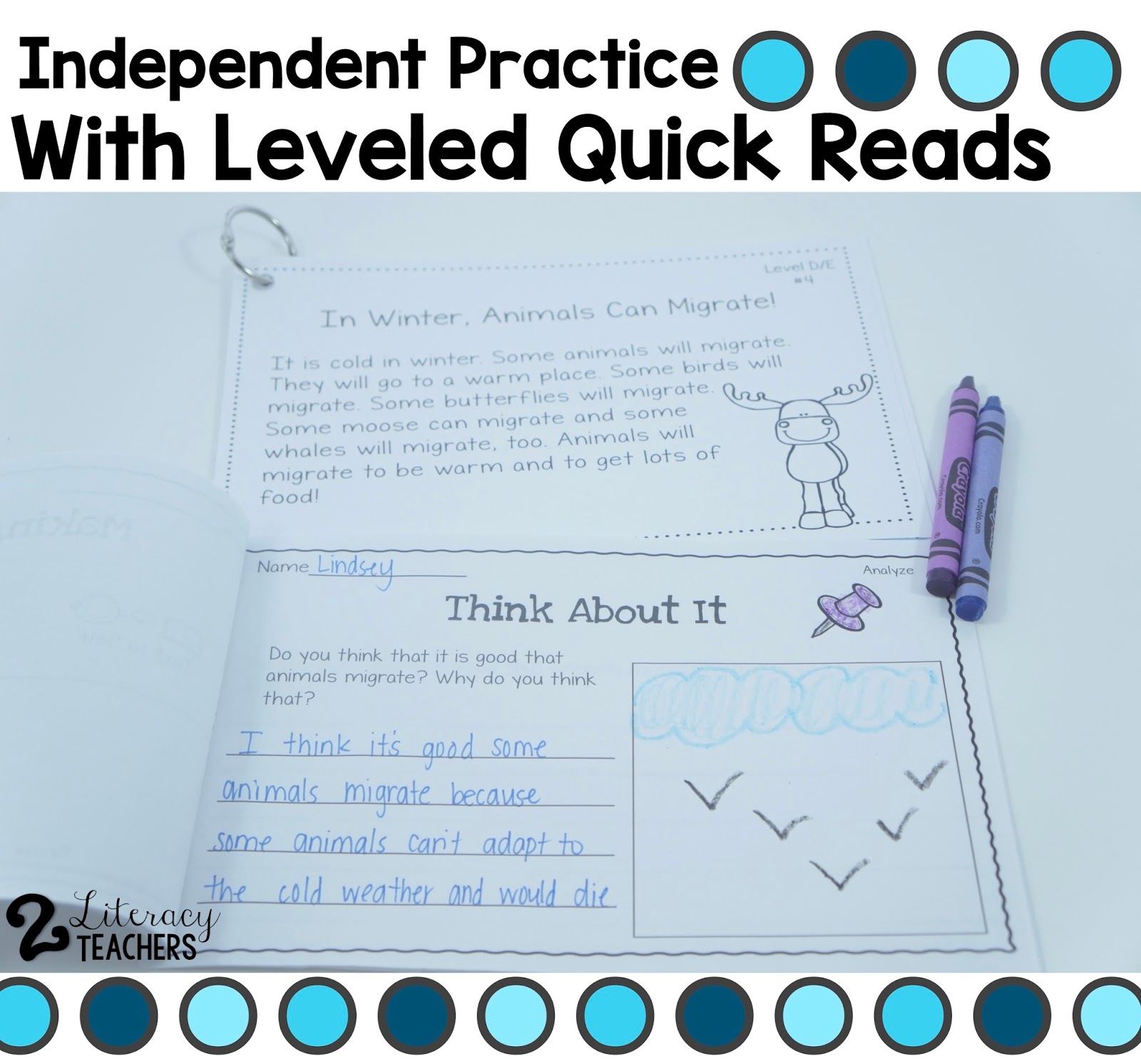
To continue to reinforce your instruction, students can independently work on leveled quick reads. These Winter themed quick reads, click HERE to get, have 5 short passages that are leveled A-I. Again, this allows students to work at their independent level on important skills from your whole group and small group lessons. Students continue to use the vocabulary and strategies they have been learning to independently make connections, infer, analyze and draw conclusions from the quick reads.
By layering your instruction, and differentiating the levels at which students are able to learn, it allows all students to feel successful. Now that they have practiced skills in three different forms of instruction they are ready to apply their knowledge.
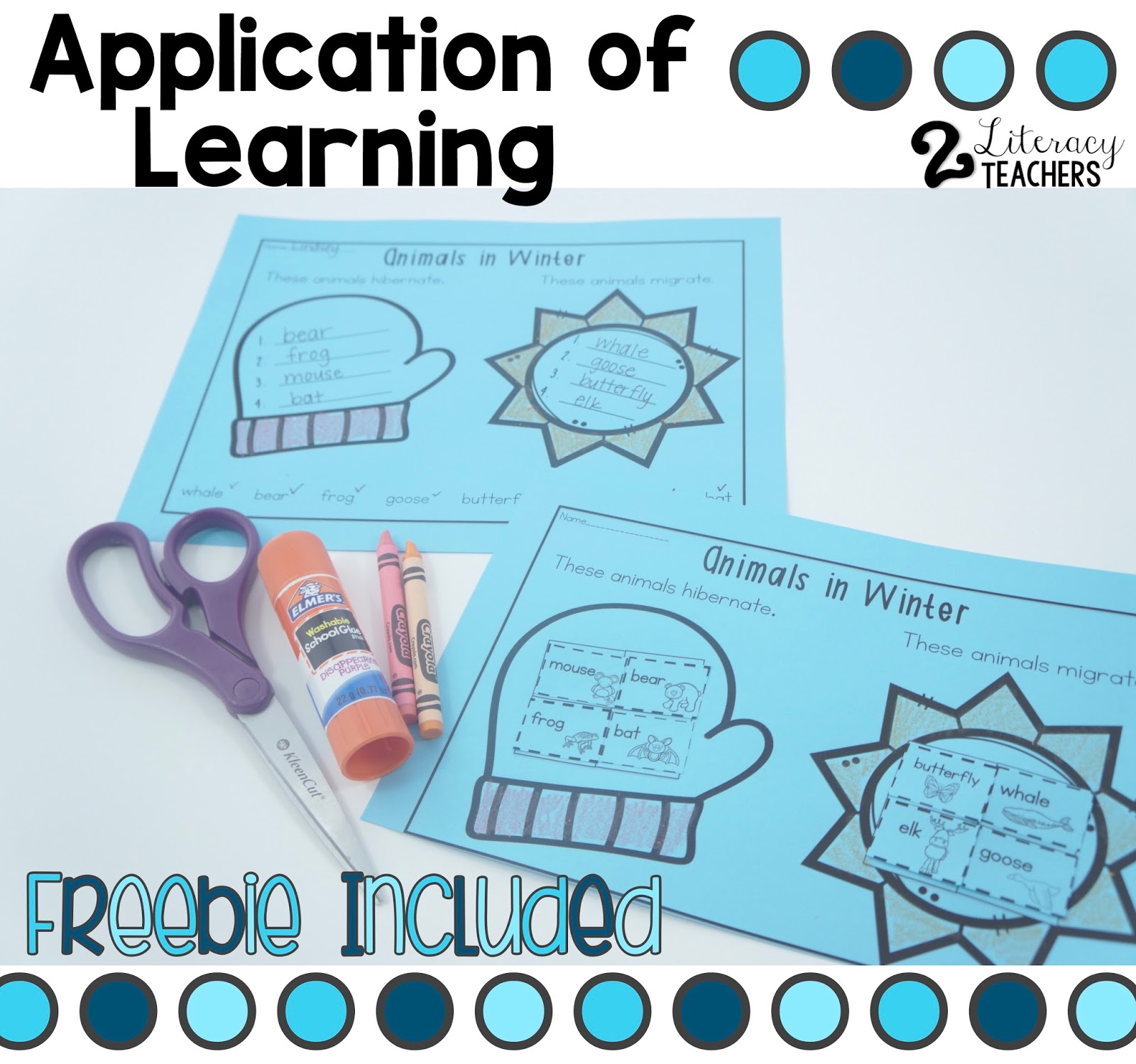
As an independent practice activity, students can use this FREEBIE to demonstrate their knowledge of what animals do in the winter. There are two versions included. One allows for students to cut and paste pictures of the animals and the second allows students to write the animals names. Again, this allows you to differentiate for the different levels of learners you may have in your classroom. Click HERE to pick up your FREEBIE!!
By layering your instruction you are allowing your students to learn and practice the content in multiple ways. This allows students multiple opportunities to learn and practice the cores you have selected and demonstrate their knowledge of those cores.
We hope that this has sparked ideas about how you can layer and differentiate the instruction in your classroom! Click the pictures below to check out more ideas for layering and differentiating your instruction as well as to grab the FREEBIES! 🙂

